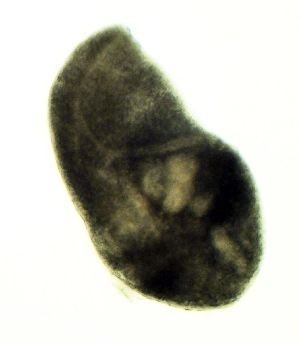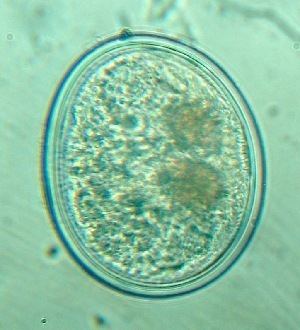Scientific name Microphallus Rank Genus Subclass Digenea | Phylum Platyhelminthes | |
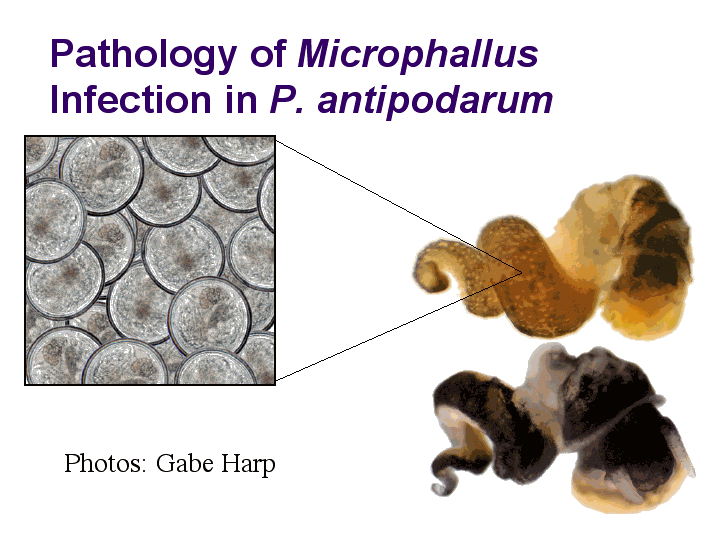 | ||
Similar Digenea, New Zealand mud snail, Potamopyrgus, Gammarus insensibilis, Cryptocotyle | ||
Easy method for microphallus treatment watch it now
Microphallus is a genus of parasitic trematodes (flukes) in the family Microphallidae. The Greek name means "tiny penis".
Contents
- Easy method for microphallus treatment watch it now
- Useful doctor advice on microphallus treatment
- Hosts
- Parasite host interactions
- Life cycle
- References
Useful doctor advice on microphallus treatment
Hosts

They are parasitic on a variety of molluscs, crustaceans, birds, and mammals, some species having complex life cycles involving more than one host.
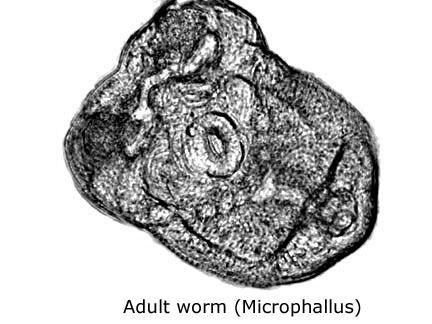
For example, Microphallus piriformes parasitizes the rough periwinkle (Littorina saxatilis); when these are eaten by herring gulls it infects the bird and lays its eggs in the bird's feces to infect new periwinkles.
Other intermediate hosts include, for example New Zealand mud snail Potamopyrgus antipodarum and others.
Parasite-host interactions
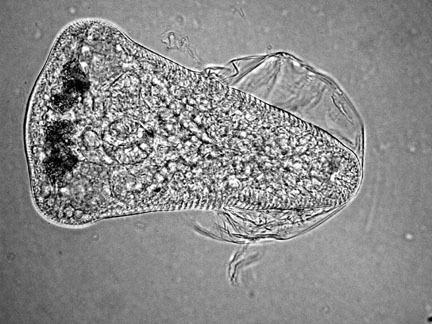
Several species are notable for manipulating or influencing their hosts. Microphallus piriformes causes its host, the rough periwinkle, to move upwards, making it more vulnerable to predation by herring gulls. Microphallus pseudopygmaeus chemically castrates (parasitic castration) its host, the snail Onoba aculeus, and causes it to grow larger than normal (it is not clear if this gigantism benefits the host or parasite or if it is a non-adaptive side-effect). Microphallus papillorobustus causes its host, the lagoon sand shrimp (Gammarus insensibilis) to swim upwards, making it more vulnerable to predation. Some species of this genus "hitch-hike" on the manipulations of other species; for example, Microphallus hoffmanni parasitizes the same sand shrimps as Microphallus papillorobustus but does not manipulate the shrimps itself, instead benefiting from the latter's manipulation of the host.
Life cycle

Microphallus sp. is a widespread and locally common undescribed parasite in New Zealand lakes and streams. Multilocus allozyme genotype data show that Microphallus is a single outbred species with high levels of gene flow among South Island populations. The parasite exclusively uses Potamopyrgus antipodarum as the intermediate host, and the final hosts are waterfowl. Embryonated Microphallus eggs are ingested from sediment and hatch in the snail's gut, penetrate the intestine, and migrate to the gonads and digestive gland. Following successful establishment, the parasite then undergoes asexual reproduction, replacing much of the host's reproductive tissue and digestive gland, which results in complete sterilization of the snail. The first visible parasite developmental stages (blastocercariae) are detectable after approximately 75 days post-exposure and metacercariae are common by 90 days post-exposure at 16°C in the lab. The life cycle is completed when snails containing metacercariae are consumed by waterfowl.

